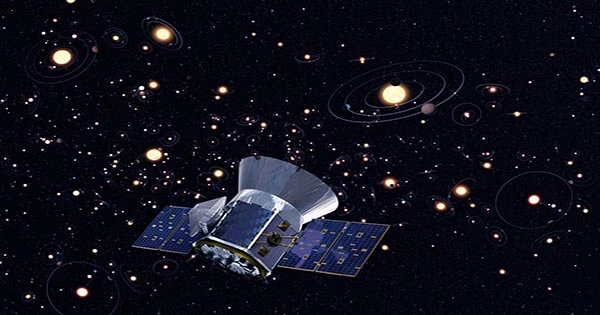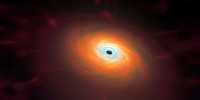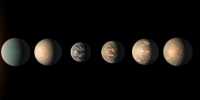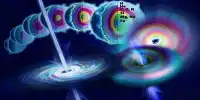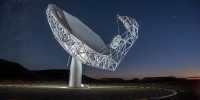One of the nearest multi-planet systems to our own has been identified by a team of astronomers from the Massachusetts Institute of Technology (MIT). The cold M-dwarf star HD 260655 is orbited by two super-Earths, and the entire system is 10 parsecs, or roughly 33 light-years away. HD 260655 b, the first planet, circles the star every 2.8 days and is roughly 1.2 times the size of Earth but twice as massive. HD 260655 c is a little further away. It takes 5.7 days to orbit the star, has a mass of three Earths, and is 1.5 times larger. The finding was announced during the American Astronomical Society’s 240th Meeting.
Despite the fact that the dwarf star is far cooler than our Sun, the planets are still too close to it, causing them to become very hot, putting them beyond the “habitable zone.” The temperature of the innermost planet is expected to be 437°C (818°F), whereas the outer planet is roughly 287°C (548°F). Michelle Kunimoto, a postdoc at MIT’s Kavli Institute for Astrophysics and Space Research and one of the discovery’s main scientists, said in a statement, “We consider that range beyond the habitable zone, too hot for liquid water to exist on the surface.”
Although the planets may not be habitable, their proximity to us and the brightness of their stars will allow scientists to examine them in detail and maybe figure out the qualities of any atmosphere they may have. “Because of the brightness of their star, both planets in this system are considered among the greatest prospects for atmosphere investigation,” Kunimoto added. “Do these planets have a volatile-rich atmosphere?” Is there any evidence of water or carbon-based life? For those adventures, these planets are wonderful test beds.”
Not only that, but there’s more. Maybe these two universes aren’t that different. “However, there might be other planets in the system,” stated co-author Avi Shporer. “Many multiplanet systems, especially around tiny stars like this one, include five or six planets.” Hopefully, we will discover more, one of which may be livable. That’s a positive outlook.”
The system was discovered using NASA’s planet-hunting satellite, the Transiting Exoplanet Survey Satellite (TESS), which detects brightness dips as planets transit in front of their star on a regular basis. The researchers had to employ an independent approach to validate if the planets were indeed there. They looked at images of the star HD 260655 to see whether there were any potential wobbles caused by the planets’ gravitational attraction.
“Every planet circling a star will have a small gravitational pull on its star,” says Kunimoto. “Any tiny movement of that star that may imply a planetary-mass object is tugging on it is what we’re searching for.” They discovered evidence for it in data obtained by the High-Resolution Echelle Spectrometer (HIRES), a Keck Observatory instrument in Hawaii, and CARMENES, a private data collection from the Calar Alto Observatory in Spain. The planets are in fact present.
